
Each month, I invite a different educator to share a few classroom management tips that have worked in his or her classroom. It’s part of a blog post series called Real Teachers, Real Tips. My goal is to feature a large cross-section of teachers from all different parts of the world, at a wide range of grade levels, in a variety of teaching scenarios. Want to share your ideas here? Just fill out the guest blog form!

February’s featured teacher is Kate Peila, who teaches second grade in Montana. She recently completed her Master’s Degree in Curriculum, Instruction, and Assessment. Kate is passionate about integrating technology in the classroom to increase student engagement, improve lesson efficacy, and enhance classroom management. She blogs at Purely Paperless. Today, Kate’s sharing with us her tips for organizing digital files and resources. Thank you, Kate!
With the proliferation of amazing teaching resources online, it’s easy to start downloading documents to your computer without paying much attention to where you’re saving them. In my experience, one of two things happen in this scenario:
Scenario #1:
In your haste and excitement to add your new teaching treasure to your digital arsenal, you save it directly to your Documents file. Problematic? Maybe not initially, but if you’ve been using the same device for a long period of time, it’s not unheard of to accumulate hundreds of documents in one folder. With so many files, it can be difficult to quickly find the exact file that you need.
Scenario #2:
In your good-intentioned organizational efforts, you save the document to the desktop of your computer so that you can file it with ease later. Problematic? If you are doing this with one or two documents periodically, then it may not be a big deal. That being said, full disclaimer, I used to utilize this method. In my personal experience, I would end up with a seemingly infinite number of files cluttering my desktop which I would then put into a neatly labeled folder- something really helpful, like Desktop Files or Desktop Files 24, and drop it in my Google Drive.
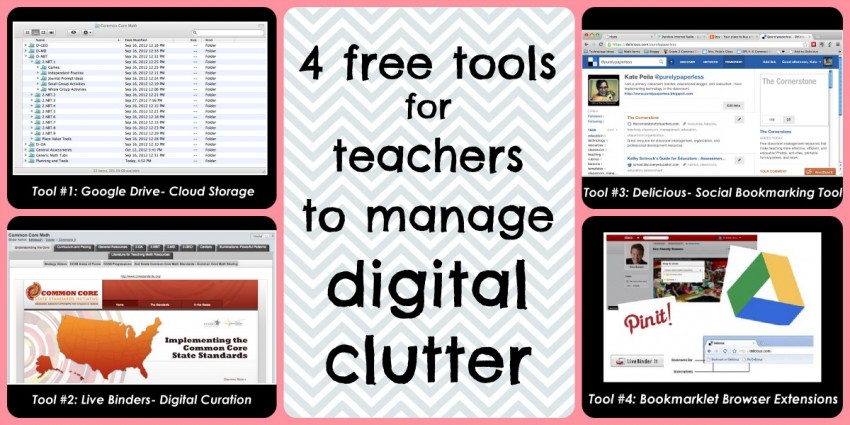
The real issue at hand is the time that it takes to retrieve the document. I have had many situations in which I thought I saved a file with a name like Check Off Roster, but really I used a name like Organization Checklist and it would take me FOREVER to find it. I don’t know about all of you, but I have very packed days and I hate when I have to waste time on a task that would be easily preventable with a little forethought.
To help solve this problem, I have put together a quick list of free tools and resources that can help you get a handle on your digital clutter. In the tech world, we call this digital curation. Personally, I find this to be a very elegant way to describe this task. I definitely feel like I will add it to any future resumes as professional skill: Digital Curator or Digital Curation Expert.
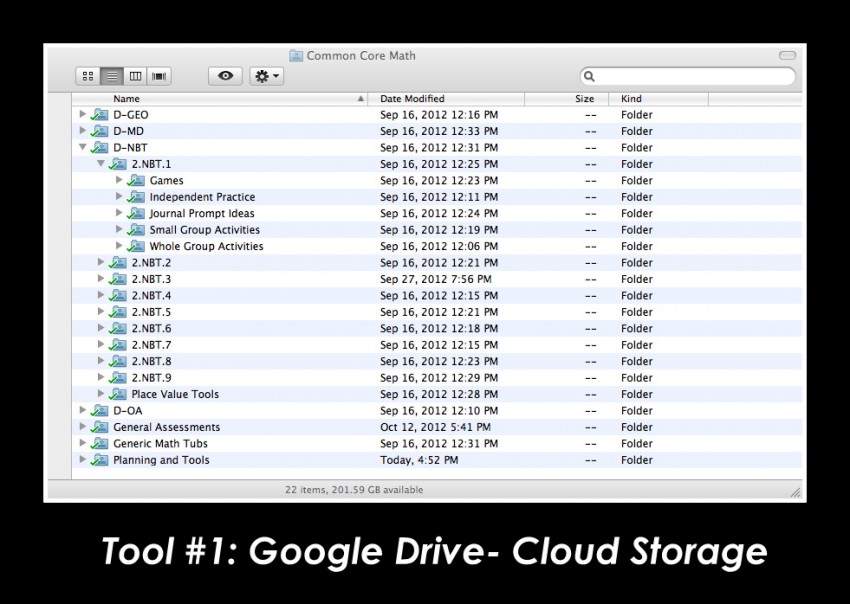
1. Document Storage: Google Drive
As I first embarked upon my journey as an educator, I quickly started to accumulate a number of digital resources. Checklists, management ideas, ebooks, and lesson plans- oh my! In our district, teachers are issued a school district laptop. In an effort to respect the Technology Use Policy set forth by the district, I have always kept a personal laptop as well. Over the past two years, as sites like Teachers Pay Teachers and Pinterest really took off, I started to download new resources at a frightening speed. Often times I would find these resources at home on my personal laptop, then when I went to use a resource in the classroom, I would experience great frustration when I found that it was on my personal computer. Enter- Google Drive. An answered prayer.
By creating a Google Drive account on my personal computer, I created a digital repository that would enable me to store, organize, edit, access, and share documents from both my home and work computers. The other beautiful thing about this particular account is the huge amount of storage. As I am rather neurotic about digitizing EVERYTHING, I recently decided to spring for additional storage- which is very affordable- but, for general classroom purposes, most people could probably get away with just the general provision of storage.
As a Common Core Standard state, I have found that organizing and storing my resources by subject, then by cluster and domain, then finally by the particular standard is an effective way for me to store my resources. Now, it sounds like a ridiculous pain, but this system has increased my planning speed inestimably. An additional benefit is that I am always aware of WHY I am utilizing a particular resource and how it relates to my standards.
As you can see by the image, I also create a breakdown within each standard folder to hold whole group materials, small group lesson materials, independent practice resources, games, and assessments. I choose to organize my resources this way because it enables me to find my materials and share them with great ease.
I utilize my Google Drive account to store all of my copyrighted, purchased resources (eBooks, TPT resources, etc.) because I can control the sharing and ensure that I am protecting the creative and intellectual copyright of some AMAZING eduprenuers and authors.
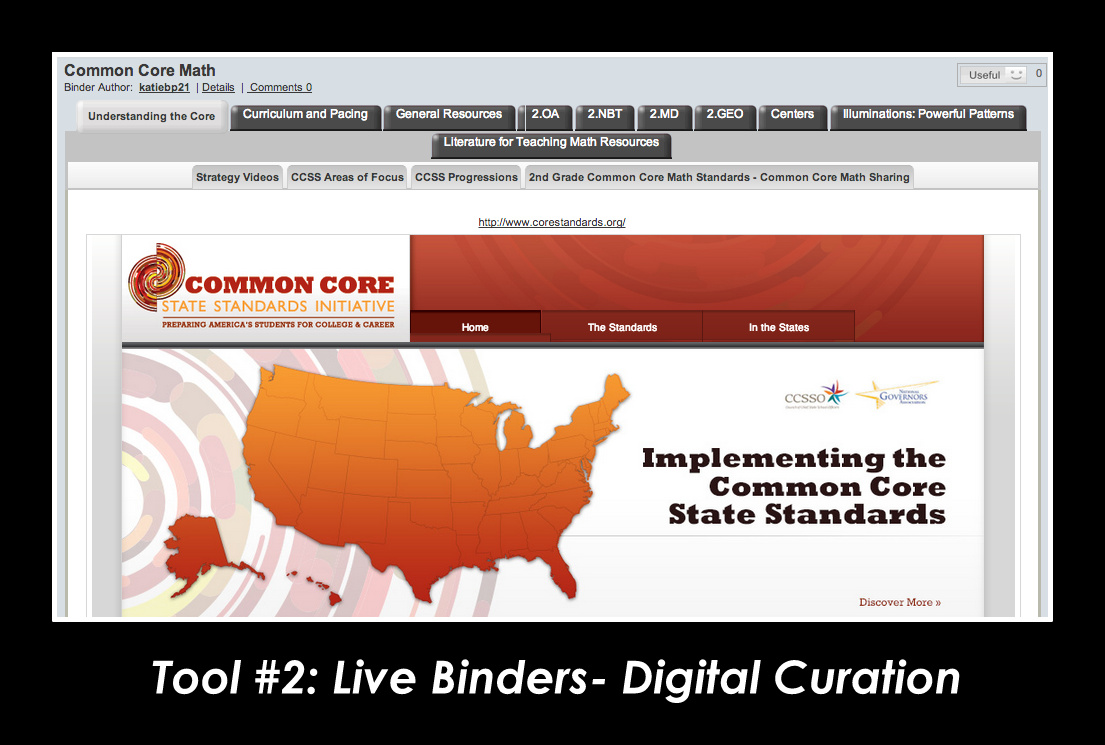
2. Lesson Plan Material Storage: Livebinders
With the advent of sites such as Pinterest, Classroom Freebies, and a variety of school districts throughout the nation posting their Common Core resources for public use, I wanted a way that I could store the information and share it with my colleagues. For the past several months, I have been using a site called Livebinders.
Livebinders is a free site that allows users to store websites, documents, images, links, and videos into a virtual binder. Similar to a physical binder, users can create tabs that will enable them to categorize and organize their information in meaningful ways. Personally, I have found the greatest asset to Livebinders is the ability to add other users’ binders to my “shelf.” In doing so, provided the user has made their binder publicly available, I am able to access other users’ information and documents. It is a really neat way to access and share information that is not copyright protected with your friends, colleagues, and the greater educational community.
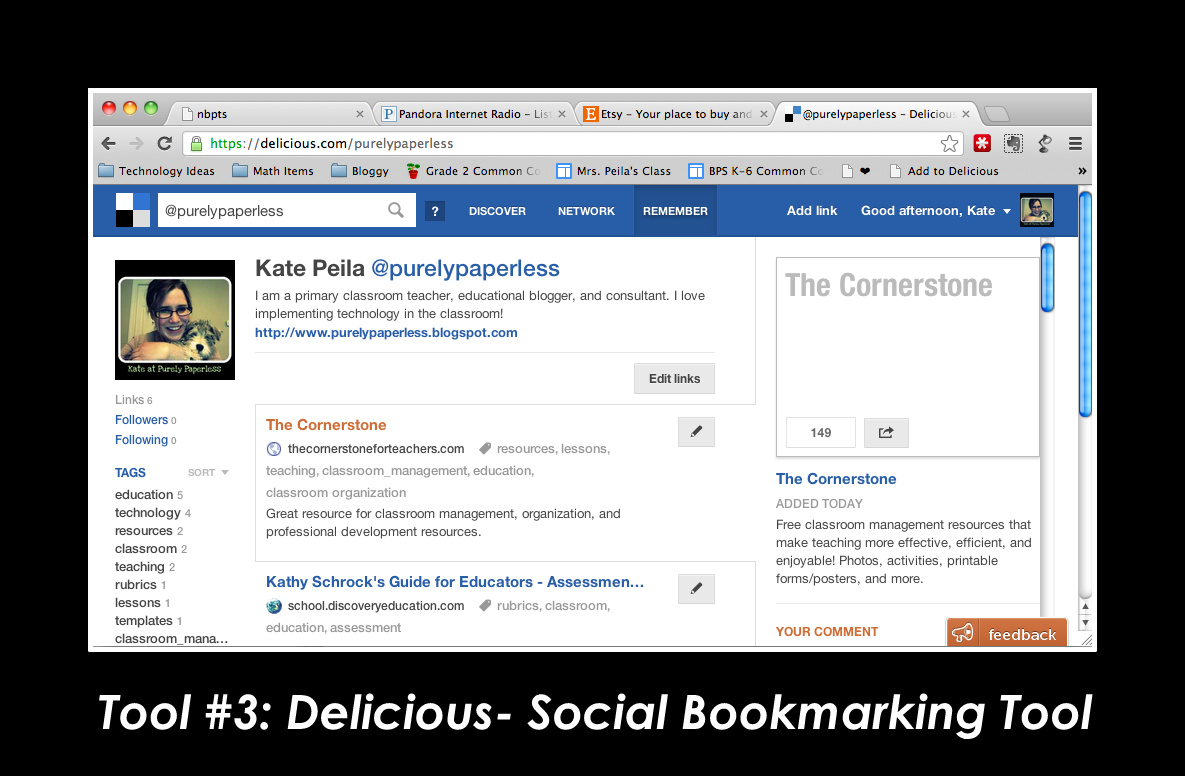
3. Shared Bookmarks: Delicious
As I shared before, I utilize two different laptops… my personal laptop and my school district laptop. Many times, I would find myself planning lessons or trying to add websites to a classroom learning center and it would end in frustration when I realized that the link was actually bookmarked on my OTHER computer. This was a HUGE time drain. To address this issue, I started to use a social bookmarking site called Delicious.
Delicious is a really neat tool that allows users to create bookmarks that are stored on the web. As such, I can access my bookmarks from any device at any time. Similarly, I can share the resources that I find with the greater educational community through the social networking inspired “follow me” tool. I have found some amazing resources simply by searching particular tags or categories and following interesting educators on Delicious.
If you are uncomfortable with the idea of social bookmarking, but still want a solution for the “multiple device” bookmarking dilemma, another great FREE resource is Xmarks.
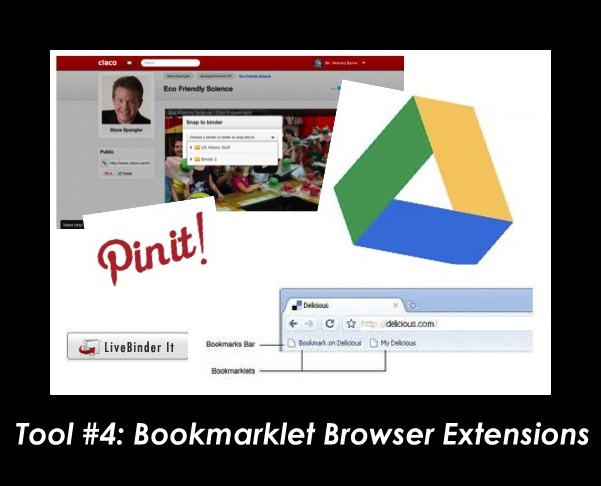
4. Bookmarklets
This is a lot of information and it can be overwhelming to think about how to manage it all. Many of these services strive to make it easy for you, as a user, to curate your information by providing a tool called a Bookmarklet. In your browser’s toolbar, you can drag and drop a Bookmarklet, which is essentially a button, that will allow you to store a website or resource into your Delicious Bookmarks, Livebinder, Pinterest… etc. To install a bookmarklet, simply drag and drop the tool directly into your browser’s toolbar. As my second graders would say, “Easy peasy, lemon squeezy.”
All of these tools are free and open… use them to your heart’s content! If you are entirely new to the idea of digital curation and are overwhelmed by the idea of trying to manage your digital clutter, start simple. Try one tool… whichever tool seems the least intimidating to you. In my case, I knew that my documents folder was accumulating documents at seemingly lightning speed, so I chose to start with Google Drive, but you may be a Bookmarking Fiend and are interested in a way to manage those… just start!
Thanks for allowing me to share with all of you! For more tips on managing your digital clutter in the classroom, increasing your productivity, and providing kids with meaningful tech tools, please check out my blog at Purely Paperless.
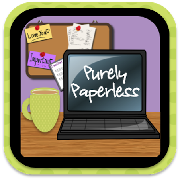
What are your tips for organizing digital files? Have you tried any of the tools Kate recommends? What tools would you suggest?

Angela Watson
Founder and Writer
Sign up to get new Truth for Teachers articles in your inbox
OR

Join our
community
of educators
If you are a teacher who is interested in contributing to the Truth for Teachers website, please click here for more information.















